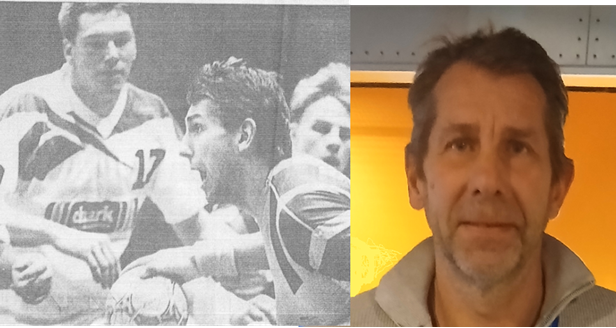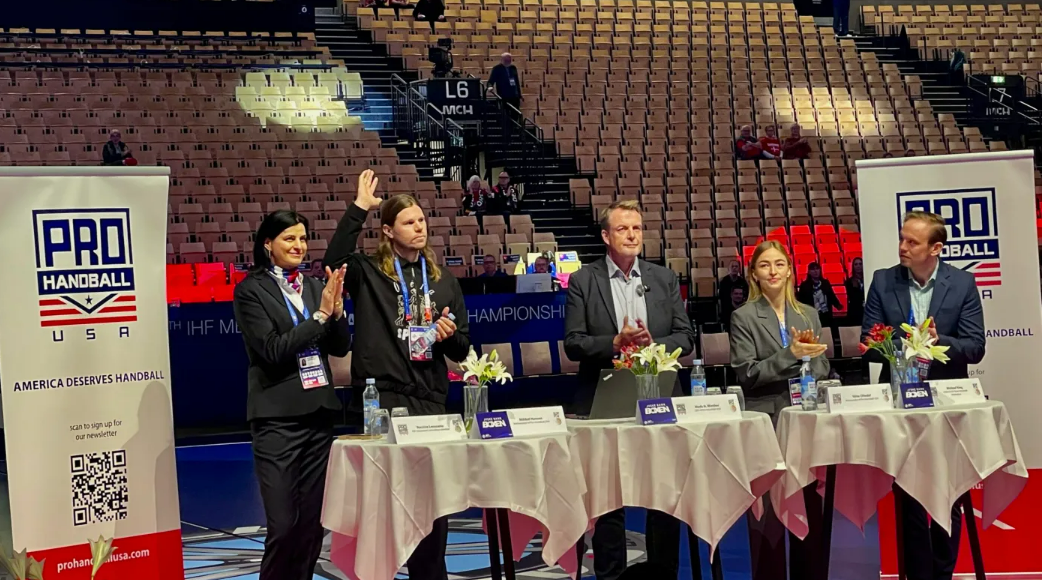(Results of the last three USA Team Handball Board of Director Elections)
Board of Director elections typically result in the winner receiving a realtively small percentage of the vote. Guest commentator, Max Littman, advocates for a change to the voting system.
This week, for the third time in as many elections, the USA Team Handball Board of Directors General Membership Election ended in the winner having under 30% of the vote. For a general membership election it should not be acceptable that the current voting system over-and-over again results in the winner garnering a significant minority of the vote. This system rewards candidates with a small but committed voting base, benefiting large clubs, over the general membership as a whole.
The reason for this is simple, these elections due to their nature of being open to the entire member body, attract many candidates. The last three elections have averaged 9 candidates per election, leaving a very crowded field and a dispersed voting pool.
With the current voting system, where the candidate with simply the highest number of votes wins, there is very high likelihood that will almost always be the case with this many candidates. This method of voting is known as First Past the Post (FPTP) which indeed most US states (more on that later) use in their voting systems. The difference though is that US elections are dominated by two parties with several much smaller “third parties.” The USATH General Body elections do not have two dominant parties, or any parties for that matter, meaning that the vote will not consolidate naturally to two candidates.
A FPTP system relies on that consolidation to ensure that the winner really is the most popular candidate. Even then candidates can still win without a majority (50%+) of the vote, an issue that 3 states in this country preempt. In Georgia, Mississippi, and Louisiana a candidate has to have 50% of the vote in an election to win, and if not. the top-two candidates go into a runoff election against each other.
This is the first of 2 options that I’m proposing the USATH Board of Directors adopt for future General Body Elections. Runoff elections, with a cut-off of the top 2 candidates will always result in the winning candidate having to win a majority of voting membership. Given that the elections are online and easy to administer this would be a very easy change to implement for future elections. Simply take the top-2 candidates, if no one finishes above 50% initially, and match them up against each other in a 1v1 election the next week.
This would even the playing field against a candidate who while broadly unpopular has a strong core of voters, it also would prevent the, “spoiler effect,” where 2 largely similar candidates cannibalize each other’s votes and finish 2,3 because of that. The candidate finishing second there would advance to the runoff and have an opportunity to capture all of their similar vote share.
The other option to reform General Body Membership elections is implementing what is known as Ranked Choice Voting (RCV). RCV is currently used in statewide elections in 3 states, and is another form of runoff voting known as instant runoff voting. In RCV the voter ranks each candidate by their preference. If no candidate gets 50% of the vote, the last-finishing candidate is eliminated and their votes reassigned in order of initial preference. Since their candidate is eliminated their votes are dropped and their “second place” votes are reassigned to that candidate and so on. That process is repeated until a candidate has an outright majority (50%+) of the votes. The benefits of RCV are very similar to a traditional run-off in that it prevents spoilers and guarantees a winner has a majority of support. If two candidates have very similar voting pools, and their voters vote them first and second, eventually those votes will be redistributed to the similar candidate that finished slightly higher. The drawbacks of RCV is it is more difficult to administer, with voters having to know to rank all candidates and the election administrator needing to utilize RCV tabulations for the results. That is certainly possible with the online voting administration without too much of an issue.
Either of these systems is absolutely needed to fix our currently inadequate voting system. A sub-30% of votes cannot be what is needed to make large-scale changes on the already small board of directors for this organization. We have to think differently to move forward with an organization that represents all members, and requires a majority of those members to elect a candidate to the board.
Max Littman is the Founder of the Columbus Armada Team Handball Club, an assistant coach for the Ohio State Team Handball Club, and a two-time candidate for Board of Directors of USA Team Handball.





















